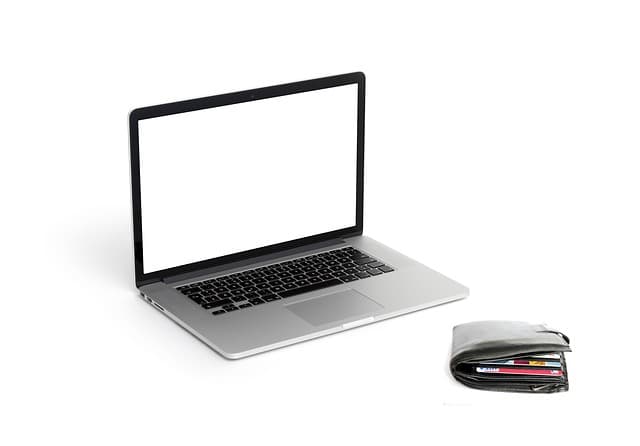A virtual card is a card designed only to pay for purchases and make payments on the Internet. Such cards cannot be used at ATMs. A virtual card can have no tangible medium and be issued electronically for specific purchases or transactions, or it can be issued on a tangible medium.
It works without a PIN-code. The following parameters are used for payments: card number, its expiration date and three-digit code to check the authenticity of the card. Card payment system Mastercard has a code called CVC2.
The use of such cards for payments via the Internet increases the security level of the transactions executed, since the virtual card allows not to disclose the main card details.
When you create a virtual card, you set a limit on it yourself. For example, you need to buy a TV for 400 dollars at an online store, but you don’t want to enter your bank card data for fear of fraud. Then you should create a virtual debit card with a $400 limit and pay for the purchase. No one else will be able to use this debit card later, since the limit on it has been used up. You can set a limit on the card that is higher than the cost of online purchases. In this case, you can set a one-time debit limit, which cannot be exceeded, which also reduces the risk of fraud. The card can be blocked or deleted at all.
Virtual cards are issued in U.S. dollars and euros and come in single-use and multi-use versions. Their validity may vary from one day to several years. Virtual cards can be purchased not only at bank branches (in the form of a plastic card) but also via the Internet, ATMs, or mobile communications (without a tangible medium). You can replenish the virtual card in the bank branches or through remote banking systems. Banks can set limits on the amount and number of operations performed on the virtual card per month.




